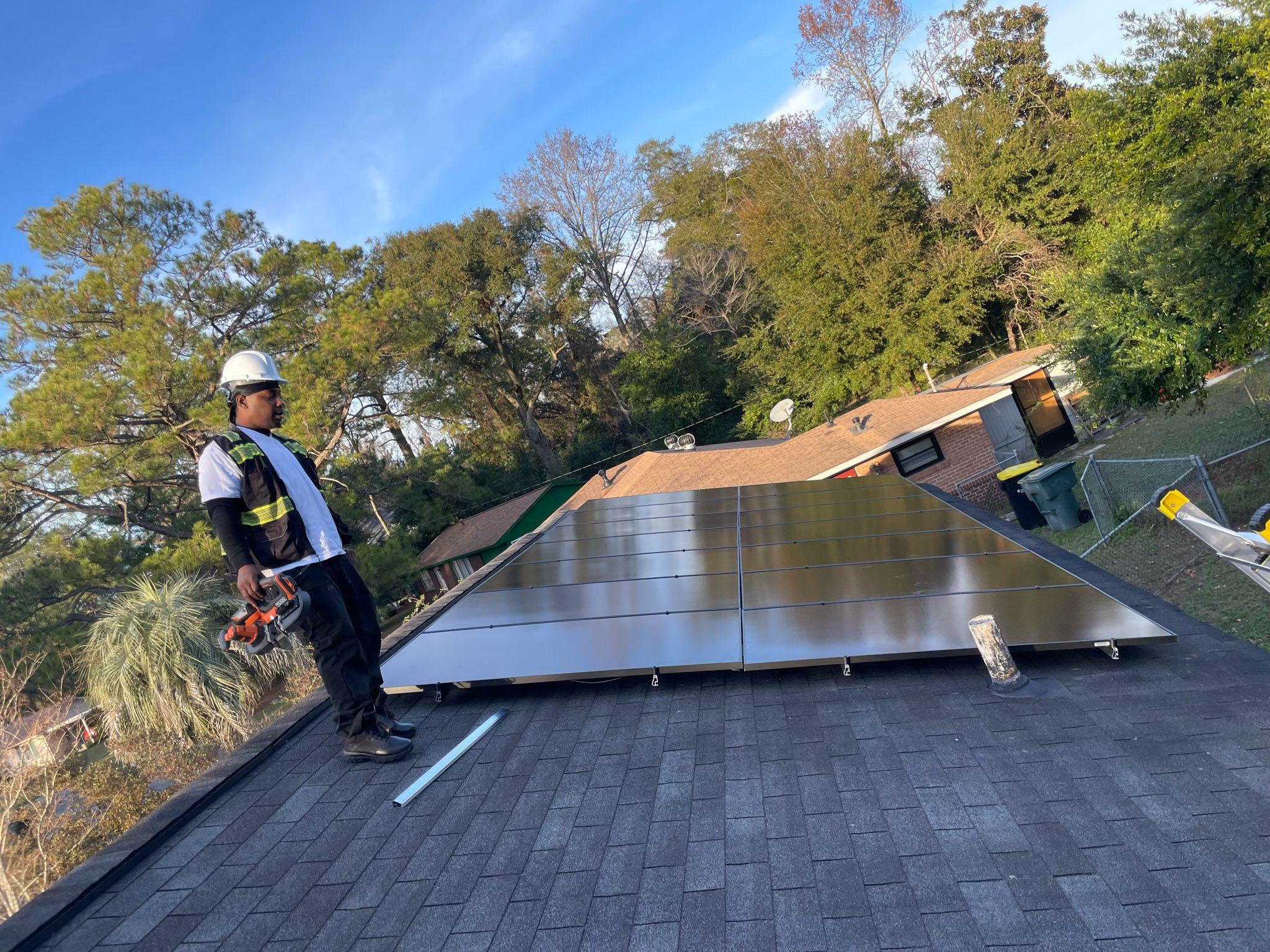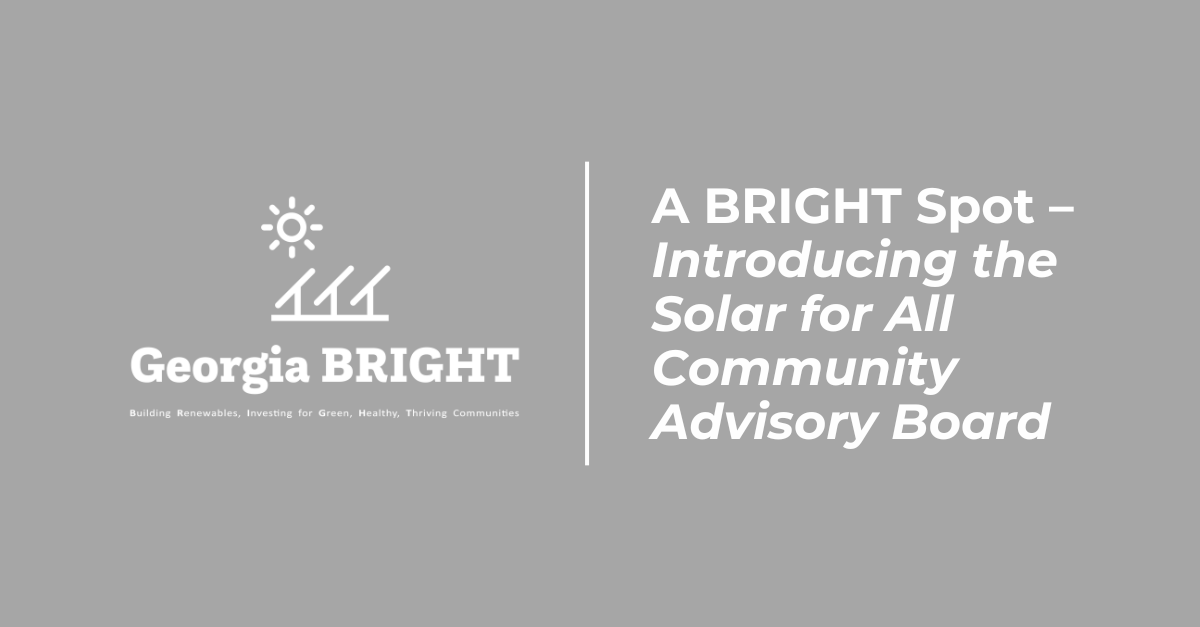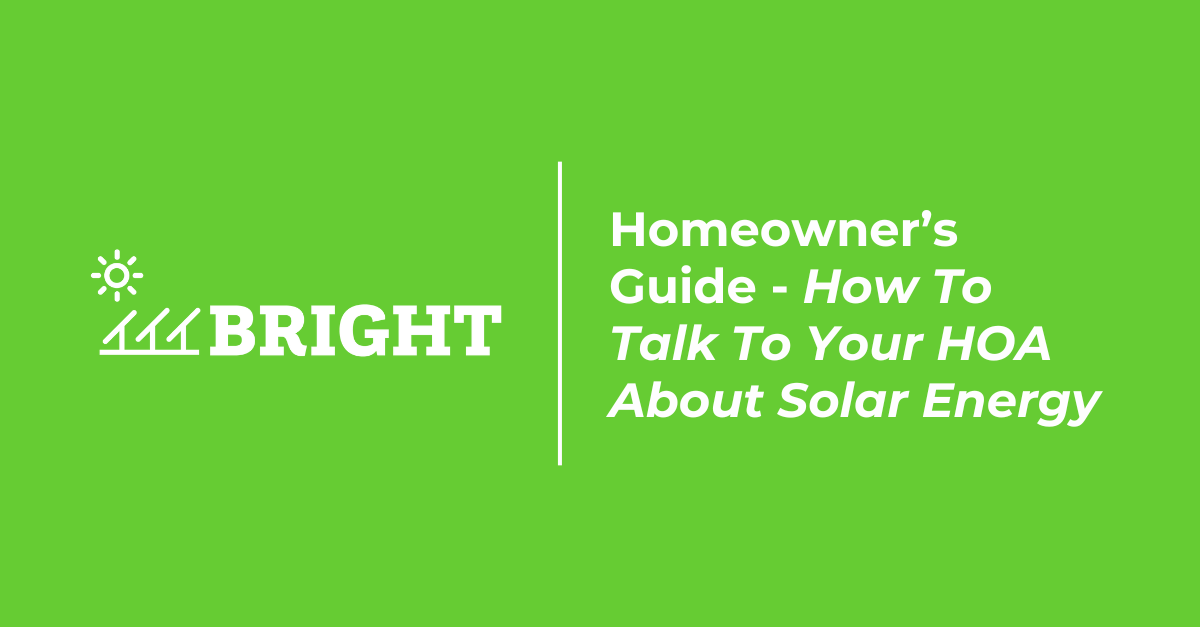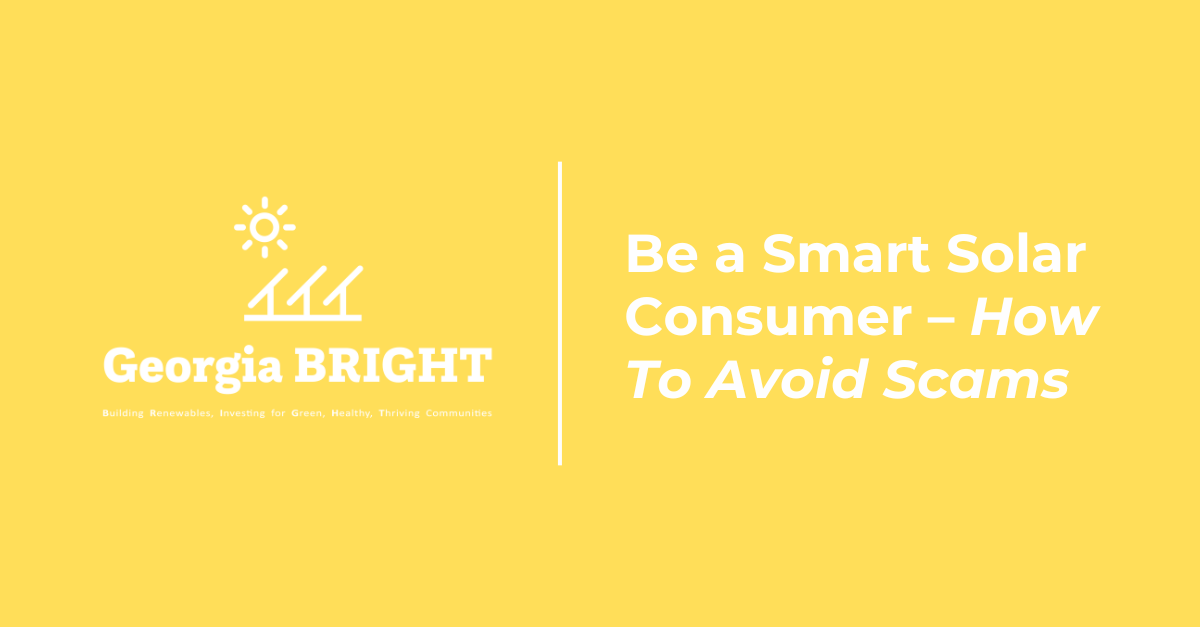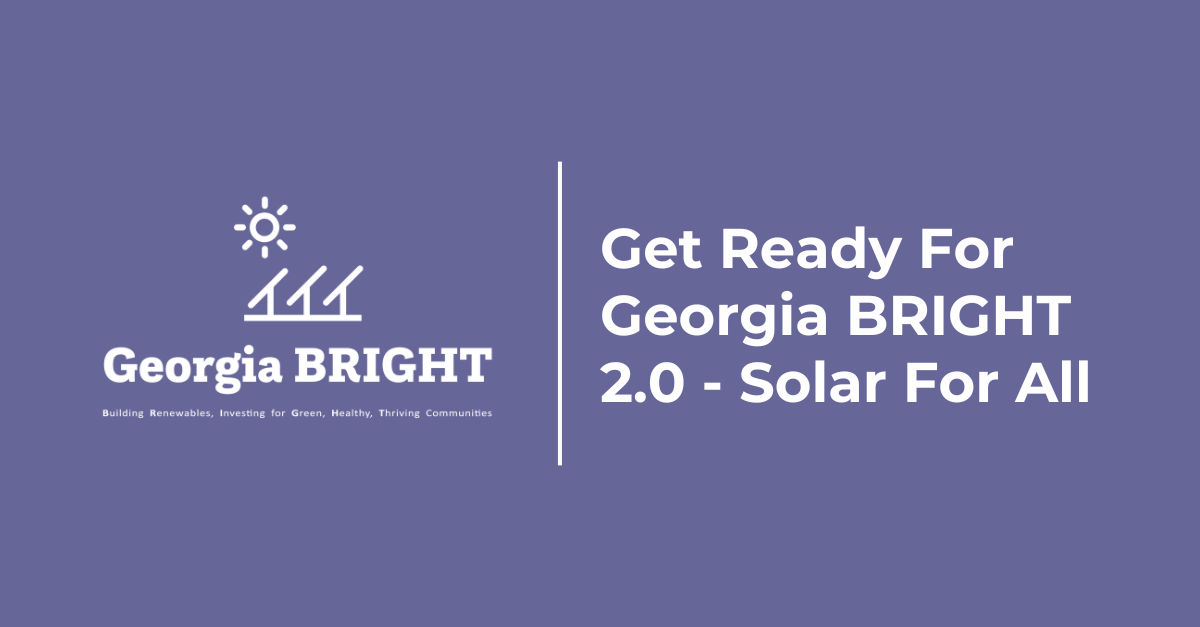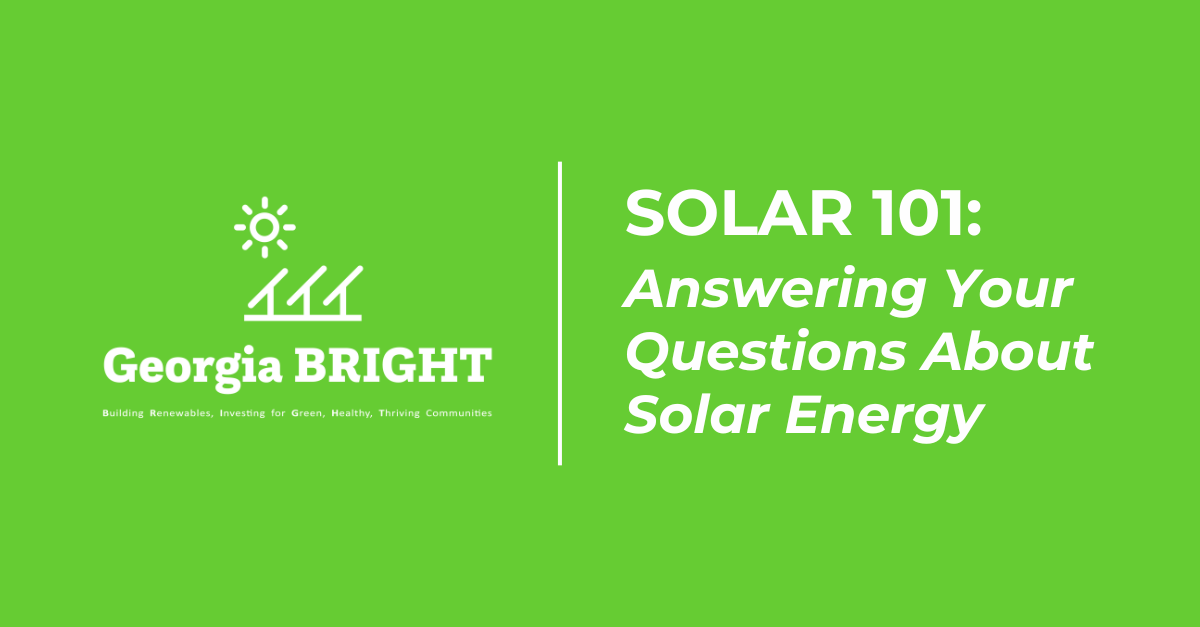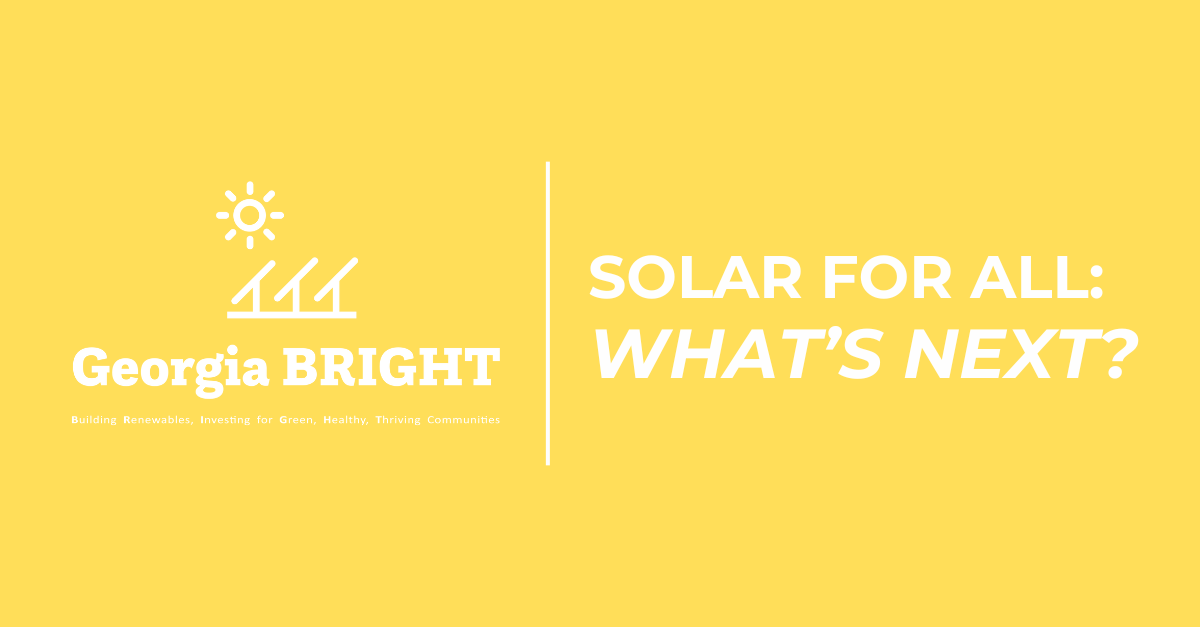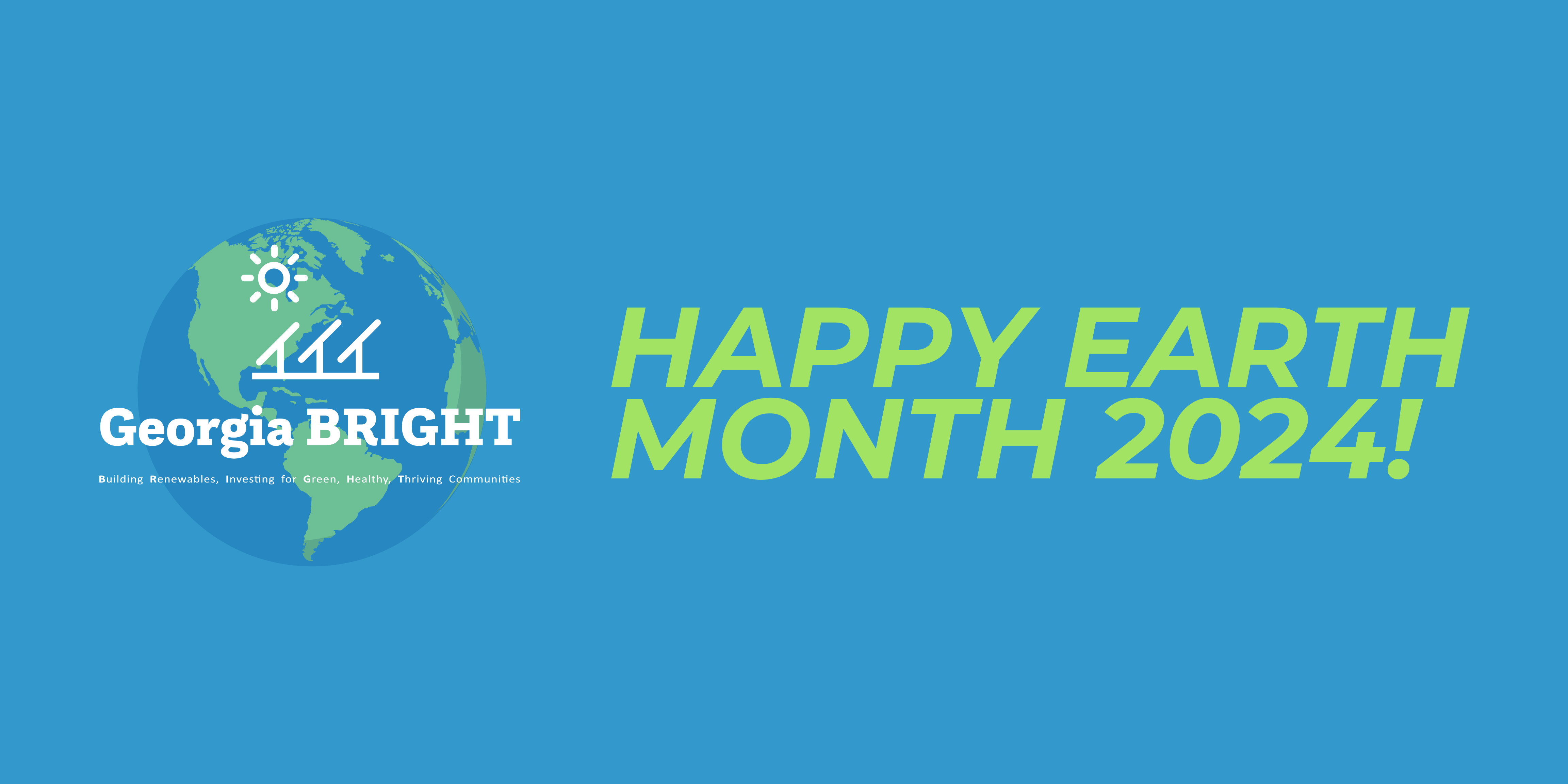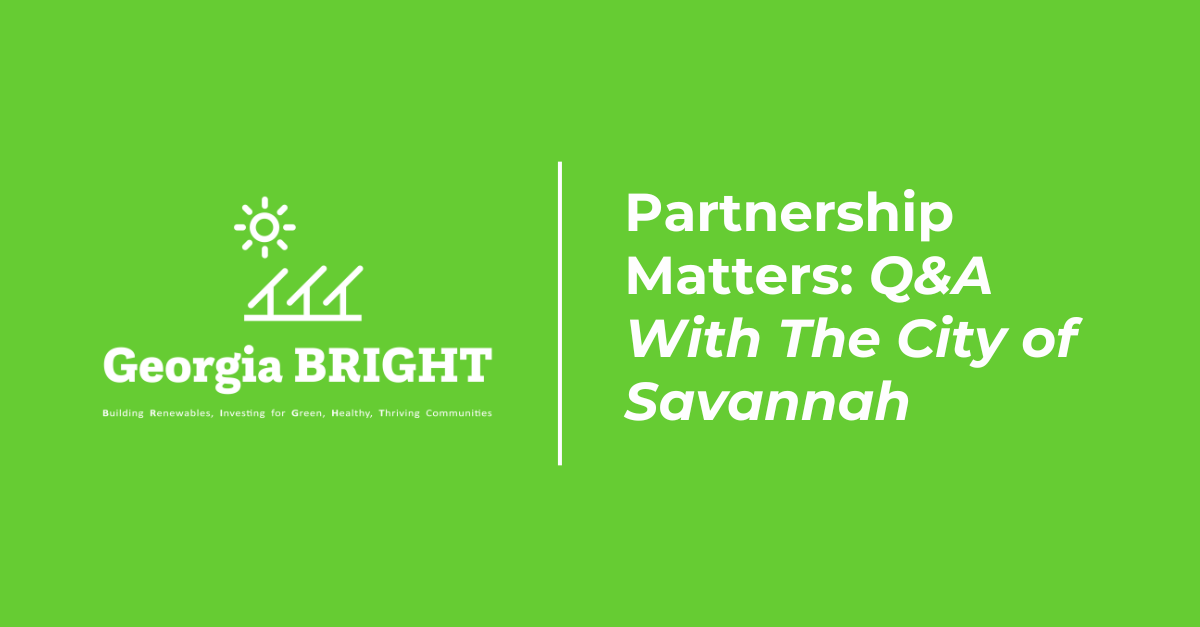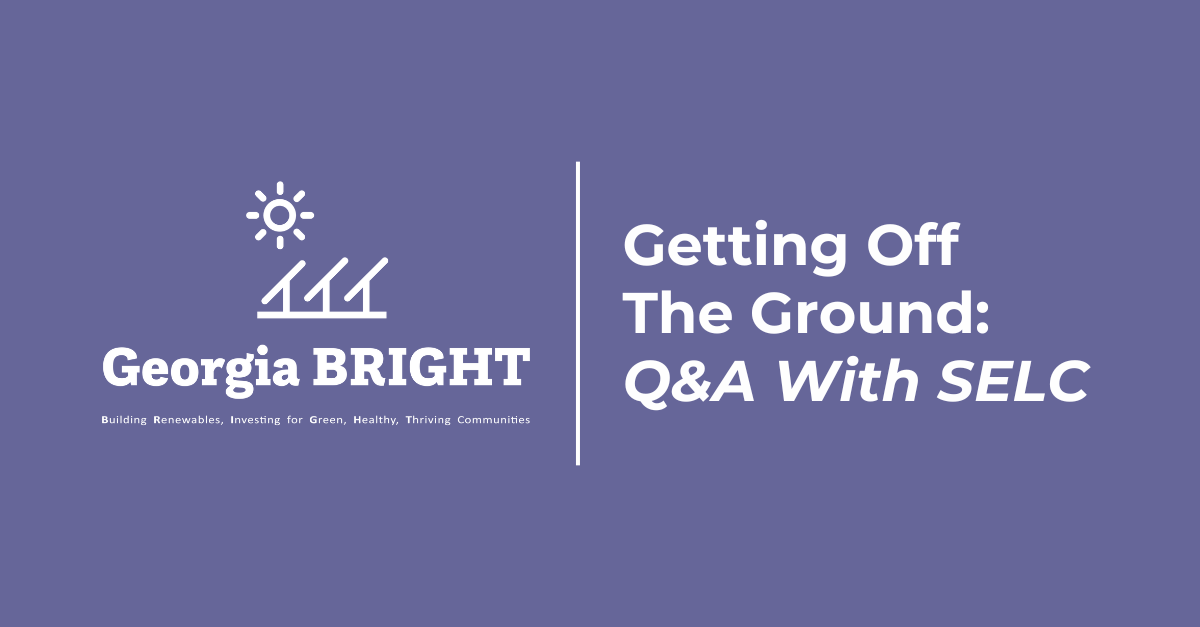CEO & Founder Andy Posner shares his thoughts as the program completes its first project
When the Inflation Reduction Act (“IRA”) passed, it was like Christmas morning for those of us concerned about the climate crisis: we spent the coming weeks scouring the bill, finding new “gifts” like $27 billion to establish a national green bank, several hundred billion in new lending authority for the Department of Energy’s Loan Programs Office, and all manner of smart tweaks to the tax code. The tax code isn’t the first place that a climate activist would generally look for innovation–and “tweak the code” doesn’t exactly make for a good bumper sticker–and yet, at least in America, much of how we pay for social innovation is through complicated tax credits and similar incentives. (This is, I think, because we don’t like the idea of giving money directly to people and projects, whereas paying for things with avoided tax revenue through a credit somehow feels more palatable.) This is especially true of cleantech, where renewable energy and electric vehicle adoption has been boosted by tax credits of one kind or another for many years.
The problem with relying on the tax code is that it only works for those that a) have a tax liability that can be offset and b) can deal with the complexity of monetizing tax credits. Consider the solar Investment Tax Credit (“ITC”), which covers 30% of the installation cost of a residential solar system. Let’s say I put in a $20,000 solar array on my roof; when I go to file my taxes, I can offset up to $6,000 of my tax liability with the ITC (30% of $20,000). Great, unless I am low- to moderate-income and don’t owe much, or any federal tax. In that case, the ITC does me no good, making this the definition of regressive tax policy: to benefit from it, you have to be at least reasonably well-off.
Unfortunately, the IRA did not fix this issue. While we advocated for making the residential ITC “refundable” to individuals–meaning that if they had insufficient tax liability, the IRS would simply cut them a check in the amount of the credit–some Democrats were uncomfortable with the idea of just giving money to lower-income people. Fortunately, one of the unexpected gifts in the IRA was that the IRA did make the ITC refundable to nonprofits via something called Direct Pay. This turns out to be a game-changer: for the first time, if a nonprofit owns a renewable-energy system (solar, wind, battery storage, etc.), it can claim the 30% tax credit directly from the IRS in the form of a refund check.
The idea was to allow churches and community centers and other nonprofits to install clean energy on their facilities and own it directly, rather than using a third-party-ownership model wherein a for-profit company owns the system and leases it to them. In this approach, the for-profit uses a complicated tax-equity structure to monetize the credit: good for the owner and their investors, but not so good for the nonprofit leasing the solar system, because they are getting little of the benefit of the tax credit. However, as soon as I saw this provision I realized that Capital Good Fund could use it to create a solar leasing program under which we own the panels, lease them to lower-income homeowners, and use the majority of the tax credit to directly reduce the cost of the lease–making the economics of solar work for those who stand to gain the most from lowered electric bills.
I spent the first ten months of 2024 working feverishly to launch the program, which turned out to be the most complicated endeavor we’ve ever undertaken. We had to set up a brand-new legal entity, America BRIGHT Solar, LLC, which would own and operate the assets; build, from scratch, a lease-servicing software platform; raise $4 million in debt to fund the purchase of systems; create and implement a customized tool for pricing leases; establish a whole host of new workflows and policies and procedures, including for our underwriting and origination departments; draft countless legal documents such as a lease agreement and operating agreements between our LLC subsidiaries and Capital Good Fund; and craft a go-to-market and implementation strategy. We decided to pilot the program in Georgia, not because it is an especially attractive market for solar–while it’s a sunny state, energy is cheap and there is no “net-metering“–but because numerous stakeholders invited us in, funders wanted to support us, and we saw an opportunity to leverage a successful pilot to change state policy. (I wish to highlight that the primary stakeholder was Alicia Brown, the amazing Acting Director of Sustainability for the City of Savannah and an absolute dynamo. She reached out to me, asked me to bring our model to Georgia, and promised to do everything she could to ensure success. And she has more than kept her word.)
We raised sufficient capital to originate 160 – 200 leases for solar panels and / or battery backup systems for low- and moderate-income homeowners throughout the state. The BRIGHT Lease lasts for 25 years, with the option to buyout the system starting in year seven (to fully claim the tax credit, we have to own it for at least that long). Capital Good Fund is responsible for: contracting with an installer for the design and installation of the systems; operation and maintenance of the equipment; servicing the lease payments; and claiming tax credits. Homeowners, meanwhile, pay nothing upfront and their only recurring cost is the monthly lease payment. We had several goals for the pilot:
- Saving families about 10% on their electric bill (systems that include batteries are often a “bill-swap”–meaning they basically break even; 60% of customers have opted for this because of how much they value the resilience benefits of storage)
- Creating good-paying jobs, especially for minority- and woman-owned installers and their employees
- Reducing greenhouse gas emissions and local air pollution
- Installing battery-storage systems whenever possible, to help families protect against power outages
- And establishing a model that could be massively scaled and replicated over the next ten years
We launched in late September of this year with a consortium of two installers–Be Smart Home Solutions and Better Tomorrow Solar–both owned by women of color, and Sunpath Solar, which handles system design and procurement. The BRIGHT pilot is available statewide and is one of, if the not the first, instance of a solar leasing program whereby a nonprofit is the lessor. And while we garnered tremendous press coverage at launch–including from the Atlanta Journal Constitution and NPR–we had to prove that we could take this first-of-its-kind model and successfully transition it from a concept on paper to, as we say in the industry, “glass on roof.”
I am therefore thrilled to say that yesterday Be Smart Home Solutions, owned by the wonderful Nicole Lee, completed our first installation (photos below). For this couple, we installed a 5.67-kilowatt solar array paired with a 10-kilowatt-hour battery, at a starting monthly lease cost of just $101.73. Already, we have signed lease contracts with ten homeowners throughout the state, with five more families ready to sign leases in the next few weeks; received inquiries from 150 families; and gotten loads more coverage, including, most recently, from NPR’s Marketplace Money show.
Now that panels are going up on rooftops, what’s next? So much! A few highlights:
- We just launched Georgia BRIGHT for nonprofits, where we do the same thing, but focus on nonprofits, houses of worship, and community facilities. Already, we have scoped out and priced systems for a dozen organizations–including houses of worship, a food pantry, and a domestic violence shelter–totaling a megawatt of solar. We expect to start signing contracts in January, with installations soon to follow
- We have received interest from numerous states–Pennsylvania, D.C., Colorado, New York, and more–to bring our program to their communities. We are actively talking to funders, capital providers, and other stakeholders to decide to which market we will next expand, and when
- We are preparing to absorb potentially hundreds of millions of dollars in IRA funding in 2024, primarily from the Greenhouse Gas Reduction Fund (GGRF). For instance, in Georgia, we were the lead applicant on a $250 million GGRF grant, and about ten states have expressed strong interest in providing us sub-grants after awards are announced in Spring 2024
- We are starting to work on policy advocacy in Georgia, such as calling for net metering for lower-income homeowners and pushing for true community solar
- We are even looking into doing more ambitious projects, such as a 500-kilowatt community solar development in D.C., and multi-family solar projects in New York City
- And, finally, we are laser-focused on completing our residential and nonprofit solar pilots as soon as possible
I have dreamt of making solar accessible to underserved communities since before I started Capital Good Fund, back when I was getting a masters in Environmental Studies from 2007 – 2009. Until now, that dream has been out of reach. Thanks to the IRA, the falling cost of solar, and Capital Good Fund having the maturity and scale to take on a program of this complexity, it is becoming real. Amid the climate crisis, I take comfort in the fact that we have much of the technology and understanding needed to solve it. What we need to do now is deploy, deploy, deploy. The speed and scale of the deployment needed to tackle the crisis over the coming decades is staggering; not even many environmentalists have wrapped their heads around how many new solar and wind farms, battery banks, geothermal plants, manufacturing plants, critical-mineral mines, and more will have to be built. But when I feel daunted by the task, I remind myself that, during World War II, the U.S. went from limited defense-production capacity in 1940 to, by 1944, manufacturing one warplane an hour at a Ford facility that previously made cars.
Today, the battle isn’t against Nazi Germany but rather against the geophysics of the planet and the vested fossil fuel interests that want to block action. We need to go from one solar installation in one day to, as soon as possible, many thousands a day. The BRIGHT program is one of many working toward that goal, and we are off to the races.
